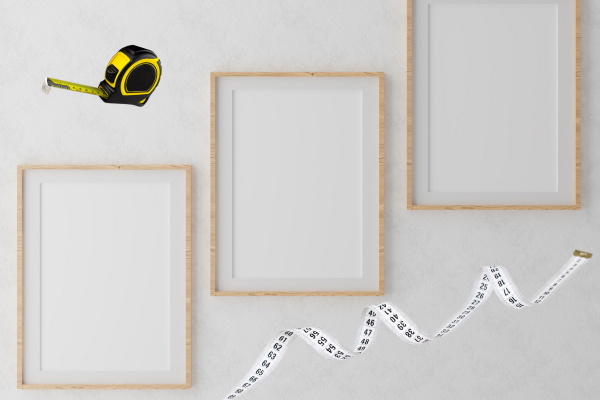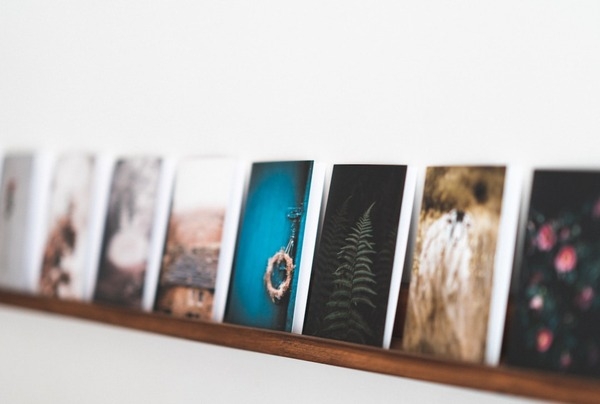Framing a South African Tapestry
.jpg)
A South African tapestry with painted birds: Beautiful, comfy, and educational
When I first saw the tapestry it looked like a nice comfortable blanket you’d want to wrap yourself in on a cold winter evening. It was obvious that this particular blanket was not intended for cuddling or keeping warm but rather for displaying and viewing. The blanket was nicely painted with indigenous South African birds, a simple and engaging design, and subdued but vibrant colors. The initial thought was to treat this blanket like most tapestries and rugs which is to float them on a mat board in a shadowbox frame. Considering how squared up the blanket was it seemed unnecessary to make a shadowbox, other than personal desires and aesthetics. The customer was adamant about protecting and preserving the blanket as best as we could without compromising the overall look and feel of the blanket. Most conventional fabrics need to be sewn down in a methodical manner to ensure it will not fall and bunch up over time, resulting in unflattering wrinkles and shadows. Because this blanket measured well on all sides it was decided that we should “sandwich” the blanket between a UV protected acrylic and an acid-free backing which would enclose the blanket in an optimum environment. This would also help the blanket stay flat and clearly visible with the acrylic firmly pressed against it on all sides. There was no worry of sticking or possible damage because we were using a framer’s grade acrylic which is fairly unbreakable and flexible. If we decided to go with a UV protected glass, the glass could potentially damage the fabric because of possible condensation and breakage.
The colors in the blanket were interesting and complimentary but overall had a subdued feel, either because of fading, initial design, or possibly inexpensive paints. Regardless of the reason the colors worked well together and really exemplified the birds and designs in the interior of the blanket. Considering the color of the blanket was a deep and dark blue it was best to find a frame that wasn’t too flashy and reflected the same tone as the composition on the blanket. We decided on a rustic black frame with muted gold beading ornamentation on the inlay. The colors in the frame were subtle and really matched the saturation and intensity of the blanket. We also made sure the frame was deep enough to hold the weight and layered materials need to properly fit the entire project. Even though we were using acrylic glazing which is fairly light compared to the weight of glass, we still need something to hold the weight of all the materials safely.
When using a piece of new acrylic it’s always best to leave it covered and untouched until needed and ready to fit. If the acrylic was uncovered and set aside for some time there is a good chance it would attract lint and debris because of its natural static charge. Once all the materials were ready to go, I was set to un-peel the UV acrylic and lay it right on top of the blanket and foam core. If I was confident in the look and the cleanliness of the acrylic then I was ready to put the frame on top of the entire package. I had to be a little careful when putting in my framers’ points because lint and debris can easily slip inside if the package isn’t held closely together. The best method to mediate this was to drive the points from the underside of the frame until it was secure enough to flip over. When I was ready, I got a little help and slowly flipped it over to continue using the framers’ points on the backside. I used more points than usual to ensure I had an even distribution of pressure around the entire perimeter and to ensure the blanket was firmly pressed against the acrylic.
Once the blanket was secured inside the frame and I took a quick gander at the front to make sure everything was set in place and looked good. I then applied a dustcover to the back of the frame and plastic bump-ons to the bottom two corners of the frame. The dustcover is usually made of Kraft paper or an acid-free stock which covers the back of the entire frame in order to keep dust, pests, moisture, and humidity away from the artwork. The bump-ons keep the frame adequately away from the wall so that air can circulate behind the frame and to prevent the bottom corners of the frame from scratching and scuffing your nicely painted walls.



